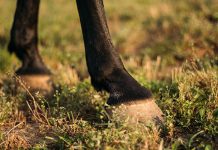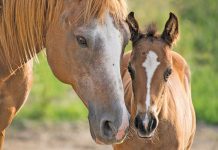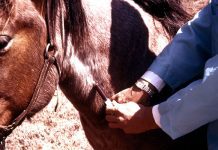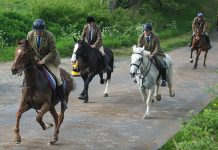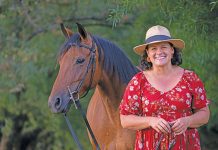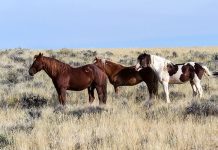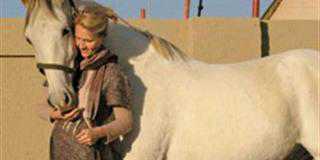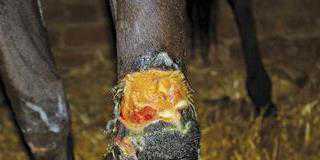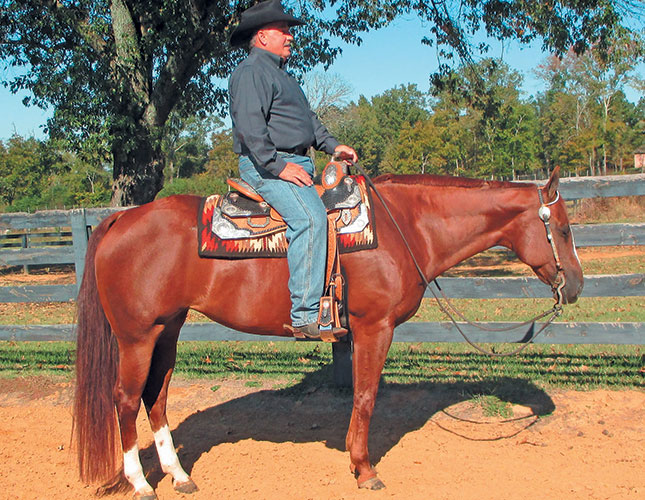
In South Africa, ‘western pleasure’ is a discipline typically ridden by children competing in SA National Equestrian Schools’ Association western shows.
Riders enter the arena, then walk, jog (collected trot) and lope (collected canter) on a loose rein in one direction, turn around and ride the same gaits in the other direction. They then form a line and show that their horses can back up. Arabians, Nooitgedachts, Boerperde, Appaloosas, Paint or Quarter horses are normally used.
In the US, well-trained pleasure horses are much sought-after. They move slowly in a balanced frame on a completely loose rein and are expected to react instantly.
It is as much of a challenge to train these horses as it is to work with international- level dressage animals.
Greg Wheat is a judge for the National Snaffle Bit Association and an American Quarter Horse Association (AQHA) Professional Horseman, who breeds and trains top western pleasure horses.
He comes from a Mississippi farming family who raised Santa Getrudis cattle. His family regarded horses as working animals and were taken aback when he branched off into training and showing.
By 1996, Greg was head trainer at Robert’s Quarter Horses, where he was responsible for managing about 500 top showing horses. He currently raises and trains his own horses in Shreveport, Louisiana, where I visited him.
Calm temperament
His main focus is on western pleasure, western horsemanship and western trail – all disciplines that call for horses with good temperaments that move with a slow, comfortable gait.
Greg selects horses with a flexible neck that carry themselves naturally without leaning on the bit. He starts all of his horses in a snaffle and also employs a bosal, a braided noseband.
Greg’s training method is progressive and repetitive, using habituation to gradually get a horse into the desired frame and moving at the desired speed. It must get its hocks under its body and arch its back like a dressage horse, but on a loose rein.
Riders need to use their legs as in dressage to squeeze the horse up to the bit, and not pull on the bit at any stage.
Speed is controlled early in training, by circling to the left or right. Later, if a horse moves too fast, it is stopped, backed up, then asked to go forward at a slower pace.
Training is thorough and systematic – a horse cannot be trained to do advanced, collected paces in western pleasure until its muscles have been built up sufficiently.
A well-broke western pleasure horse can be easily trained to do trail, as it’s willing to walk, lope and jog over obstacles.
It is also easily trained to do western horsemanship, an advanced discipline where a pattern is ridden at the lope, changing leads with every change of direction.
Dr Mac is an academic, a practising equine veterinarian and a stud owner.

